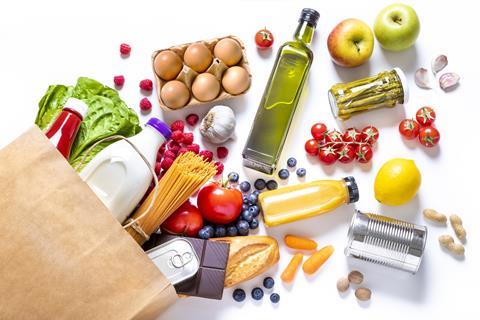
Carbon labelling on food products is becoming increasingly important as the world grapples with the challenges of climate change.
The food industry is a major contributor to global greenhouse gas emissions – accounting for 25%-30% of total emissions, according to some estimates. By providing carbon footprint data on food labels, consumers can identify products that have a lower environmental impact. This, in turn, can drive demand for more sustainable products, encouraging producers to adopt practices that reduce emissions.
Carbon labelling can also help consumers understand the broader implications of their food choices. For instance, a product with a low carbon footprint might also be indicative of sustainable farming practices, reduced water usage, and lower levels of pollution.
We were one of the first sausage makers to include this on our packaging two years ago. We are now seeing positive consumer change in buying habits, as they can make informed choices about their impact on the environment via their food choices.
Working with CarbonCloud, we provide information on the carbon footprint associated with the production, processing, and distribution of our sausages, burgers and rashers. It’s part of our care code to be more transparent in environmental and sustainability goals, so shoppers are empowered to make choices about their impact.
One of the most interesting areas we have discovered is the impact of our consumers swapping from pork to chicken. We have estimated that by swapping a pack of pork sausages for chicken, customers were able to save 52% in emissions. While it’s not our objective to get everyone eating chicken, we want to make sure people are more conscious about buying habits and how diets can significantly increase or decrease an individual’s or household’s carbon footprint.
The challenge, is however, is that the average consumer has no clue how to interpret a carbon label on packaging. There are too many different systems and not enough education by the category to explain the different labels. Firstly, we all need to adopt a single standard of labelling that is independently verified. Also, we need to work together as an industry to create public information campaigns to inform consumers of “easy” swaps that collectively can make a big impact on the environment.
Read more:
-
How Unilever is redrawing its packaging strategy
-
Seven packaging pioneers driving the green agenda
-
Defra agrees to reconsider ‘eye-watering’ EPR fees for glass
As an SME, sustainability is at the heart of every aspect of our business. In the run-up to the autumn statement, we need big industry and government thinking around this area too. Carbon assessments are a powerful tool that can contribute to the global fight against climate change. But it is only by providing consumers with the information they need to make environmentally responsible choices that we can see real impact.
If we can work together as an industry, carbon labels can drive demand for sustainable products, raise awareness of the impact of food production on the environment, and encourage corporate responsibility. Achieving this goal is not just important but necessary for creating a more sustainable future.

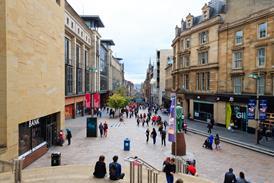

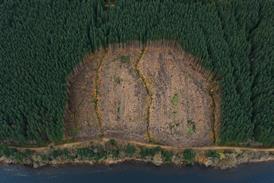




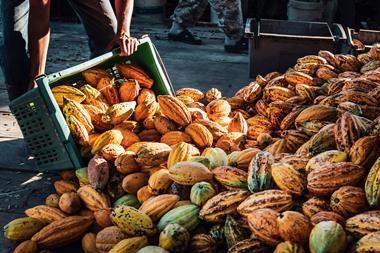
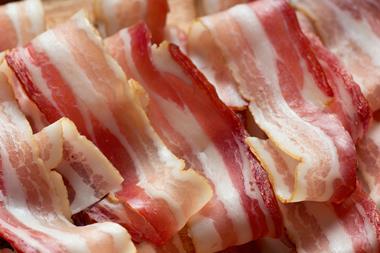
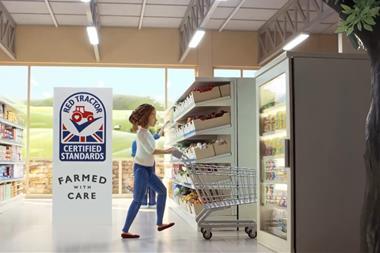








1 Readers' comment